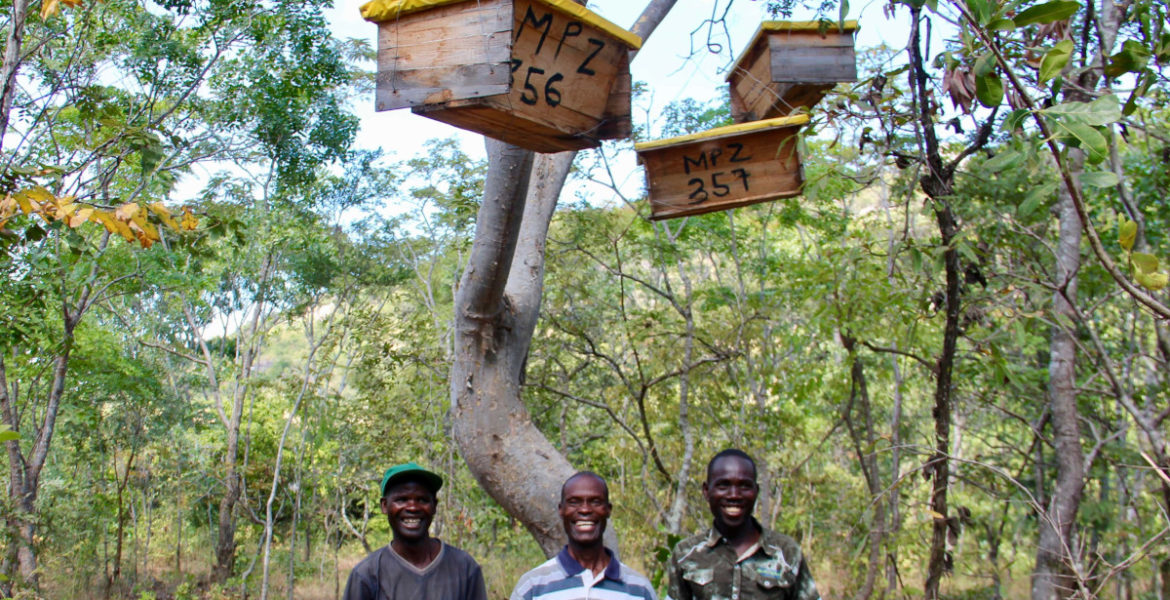Our Story
We started a movement of small-scale farmers to become land stewards by farming with nature. We began with a focus on poachers but the approach quickly scaled.
In the 1980s wildlife populations in Zambia’s Luangwa Valley were ravaged by poaching. At the peak of the poaching epidemic, thousands of elephants were killed annually. It is estimated that within twenty years from the early 1970s to the early 90s, elephant populations in this region dropped by over 30,000. During this time the black rhino, which had previously existed in healthy numbers in the Luangwa Valley, went extinct.
Poverty and hunger
Meanwhile, villagers in the Luangwa Valley were struggling to make ends meet. Extreme poverty and remote conditions meant most people lived a subsistence lifestyle. Poor agricultural practices resulted in nutrient-drained soils and small yields. Pests attacked what meager crops were harvested, and many families went hungry. With no other choice, villagers turned to wildlife poaching to feed their families. “Bushmeat” was harvested and traded many miles away for food or small amounts of cash, and ivory was sold on the black market. With no other markets available, poaching was the only source of income for villagers of the Luangwa Valley.
At the time, the only strategies addressing poaching were punitive. A limited number of wildlife rangers identified, arrested, and imprisoned poachers. But incarcerating a poacher meant sentencing his family to hunger as well. With the loss of the family’s main provider, many women were left vulnerable to exploitation. And in the 80s, at the height of the AIDS epidemic in Zambia, the stakes were very high.
The COMACO Model
Our founder, a wildlife biologist, saw an opportunity. He asked what if, instead of imprisoning poachers, we trained them to farm, and provided a market for their crops. In 2003, COMACO started a pilot program working initially with 24 of the most notorious poachers in the Luangwa Valley. Poachers were taught basic practices in soil conservation and drought resistance and supplied with high-quality seeds and basic farming tools. In exchange, they agreed to stop poaching and surrender their guns. Soon, hundreds of poachers were approaching COMACO’s field staff offering to surrender their weapons for a similar chance to change their lives for a better life. The model was working.
Today, COMACO works with over 230,000 farmers across nearly a third of Zambia. We purchase and transport crops from remote regions, where few other buyers will reach, and pay premium prices to give farmers the value they deserve. We then process the crops into high-quality food products and sell them across Zambia under our brand It’s Wild! Profits are returned to our farmers through continued support and programming of COMACO activities and actual payouts called conservation dividends if compliance to conservation is demonstrated. As a result, food security levels have dramatically increased across the region, and slowly but surely elephant populations are returning to the Luangwa Valley.
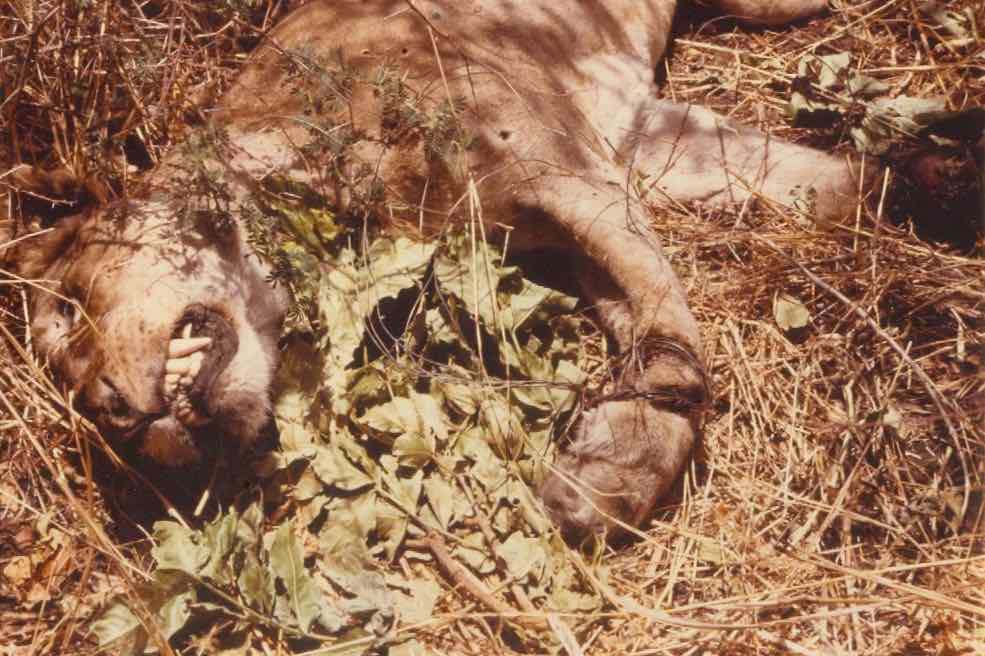
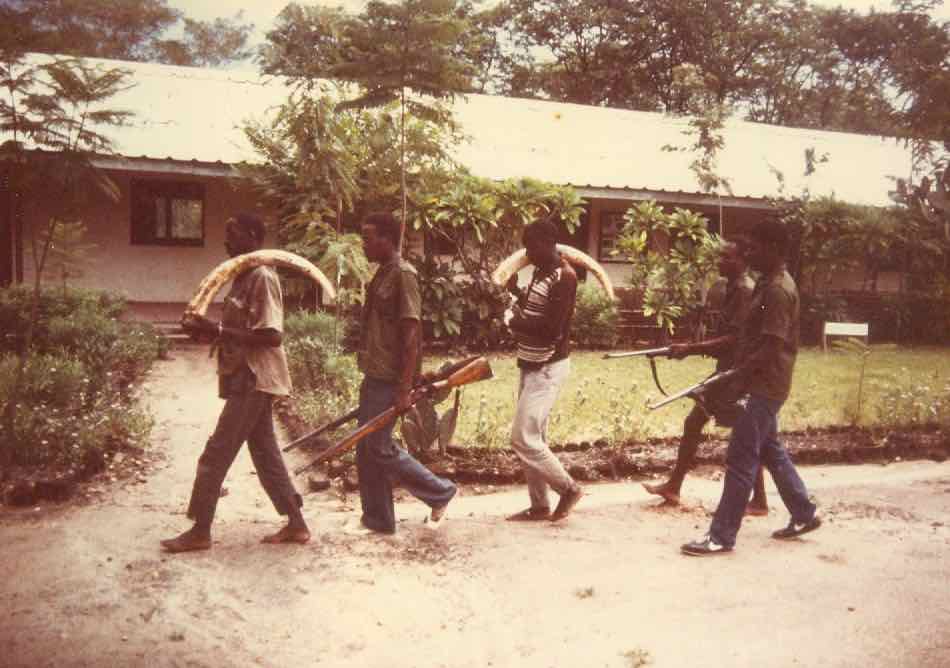
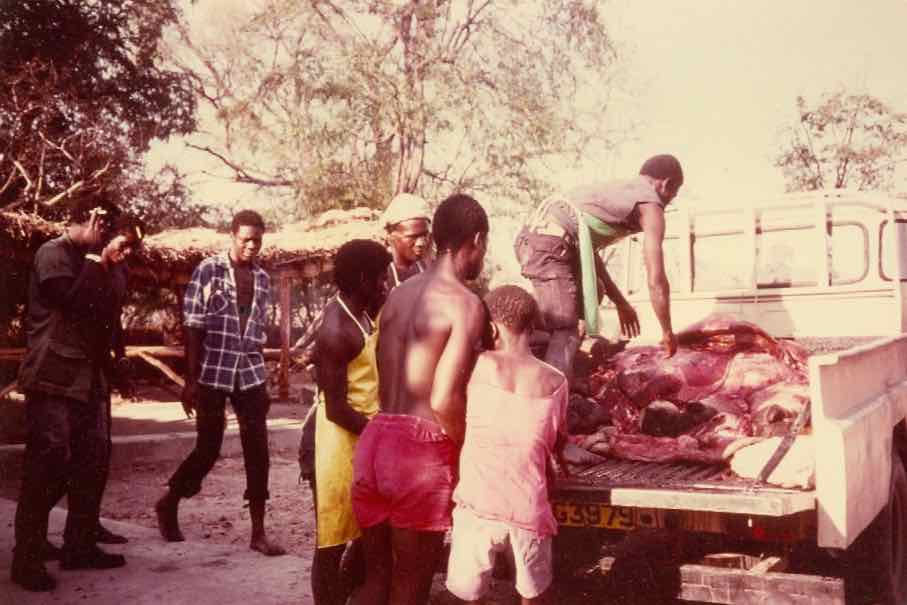

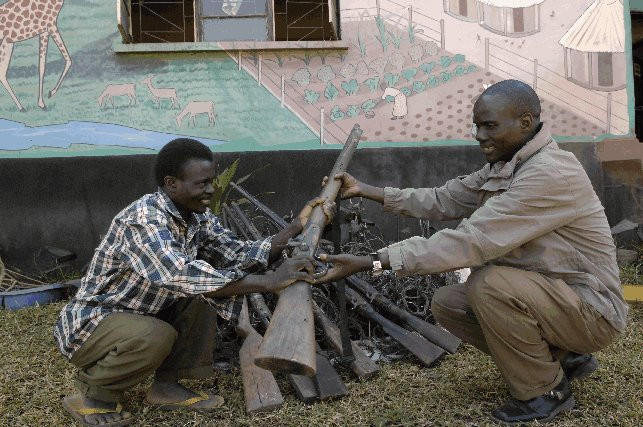
COMACO Causes
Energy
In partnership with CQuest, COMACO has distributed 97,463 fuel-efficient cookstoves that are monitored annually for their use and maintenance.
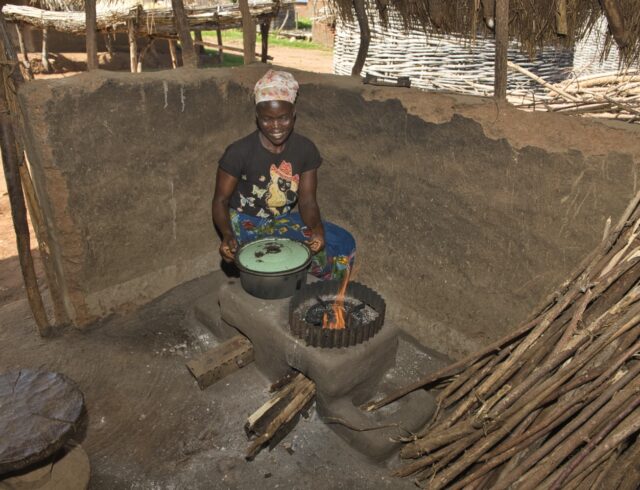
Women’s Empowerment
52% of COMACO farmers and half of all cooperative leaders are women, figures that would have been unimaginable twenty years ago.
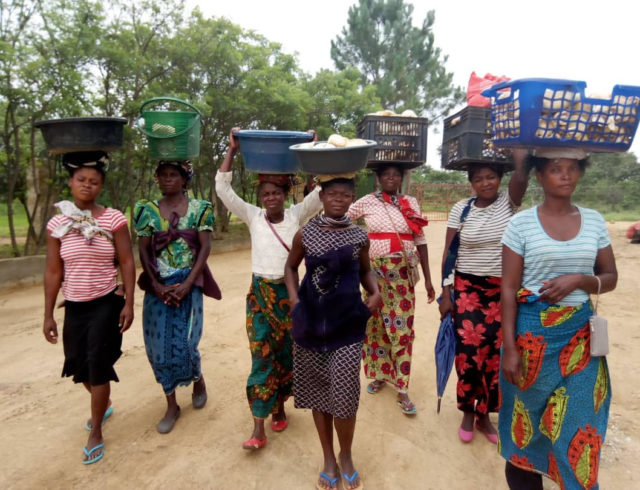
Manufacturing as a Tool for Conservation
We supply over 8,000 tons of nutritious food products to Zambia’s cities and towns annually under the brand It’s Wild!.
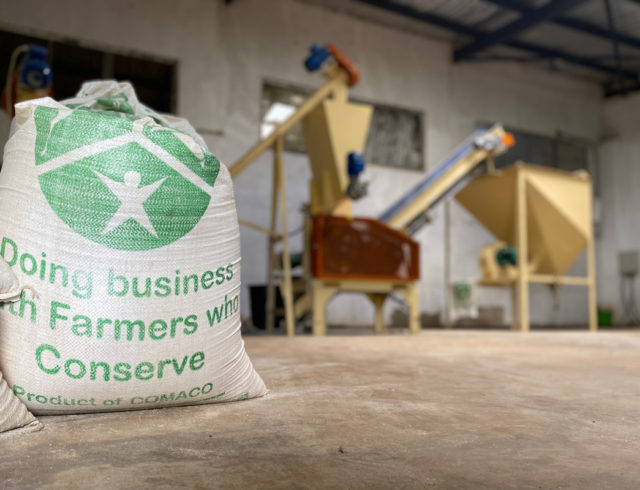
Carbon Project
We worked with local chiefs to establish Community Conservation Areas designed to safeguard Zambia’s forests and the wildlife within them.
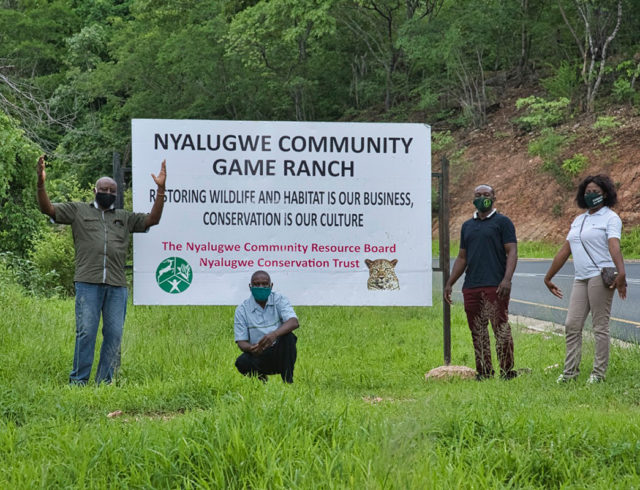
Cooperatives
We helped establish 103 community-run cooperatives in 84 chiefdoms across Eastern, Central and Muchinga Provinces of Zambia.
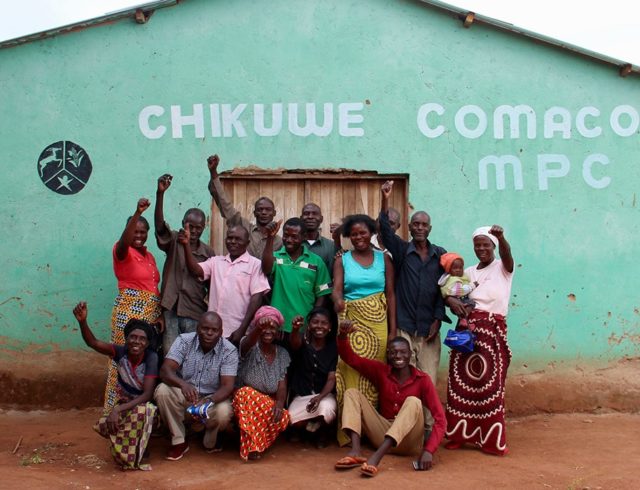
Transformed Poachers
COMACO started operating in Luangwa Valley with a mission to help wildlife poachers learn new skills to fulfil their livelihoods and protect wildlife.
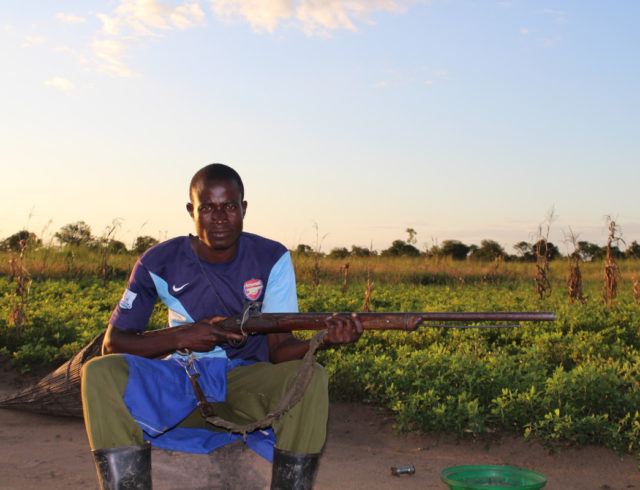
7223 Kachidza Road | Light Industrial Area | Lusaka, Zambia
Phone: Sales +260971583282
Email: social@itswild.org
